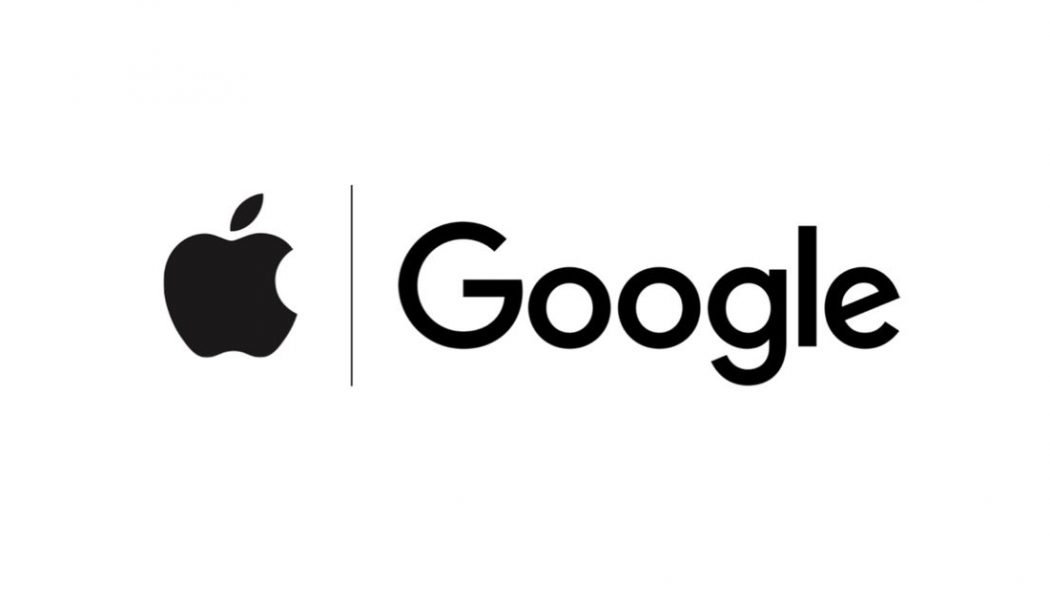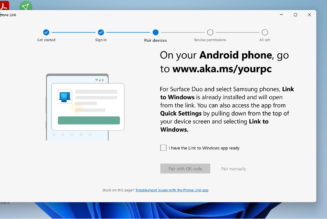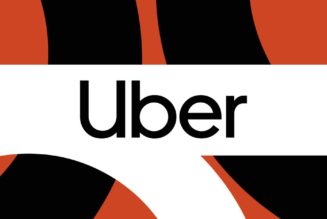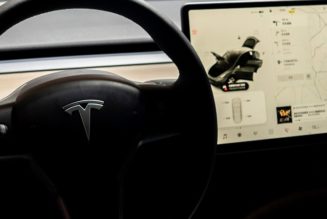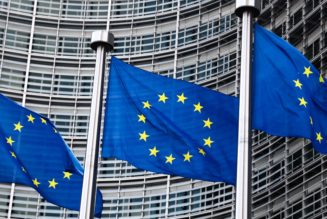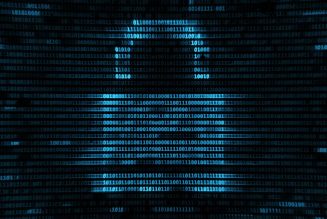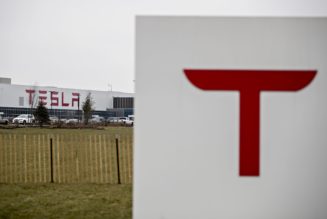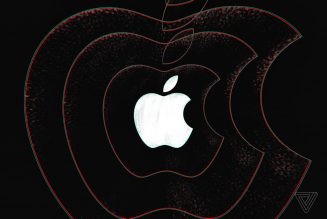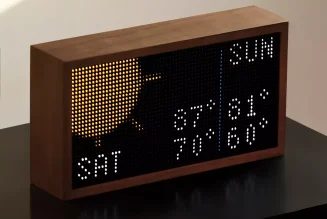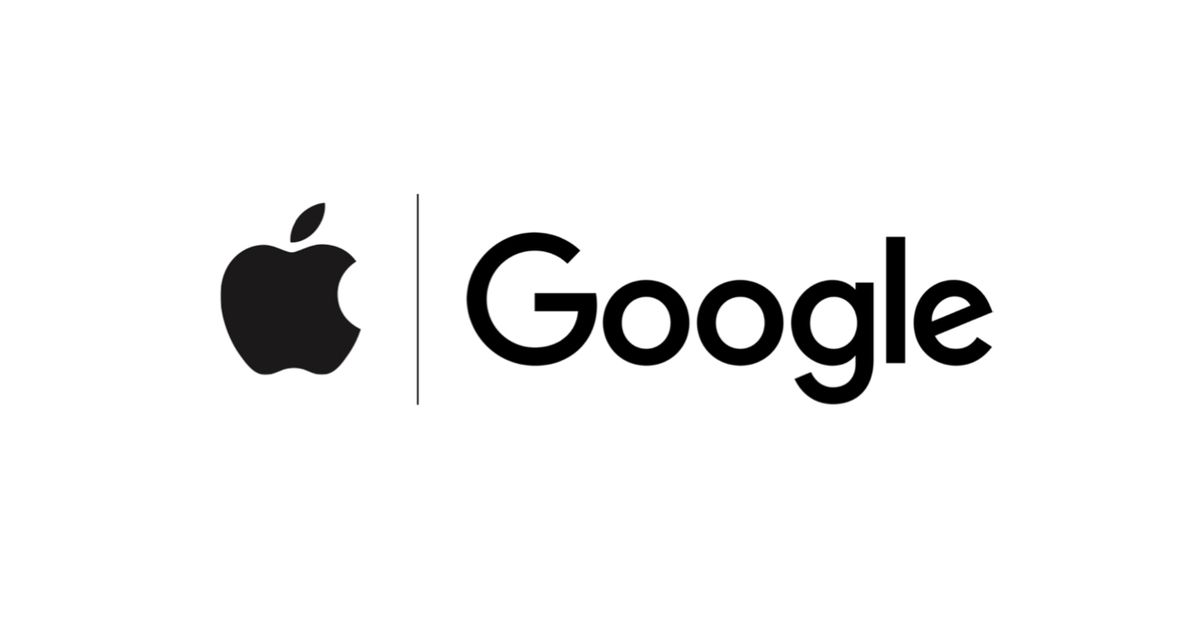
Last month, before Google and Apple announced their joint effort to enable COVID-19 exposure notifications, I wrote about the trouble with using Bluetooth-based solutions for contact tracing. Chief among the issues is getting a meaningful number of people to download any app in the first place, public health officials told me. And now that such apps are being released in the United States, we’re seeing just how big a challenge that is.
Here’s Caroline Haskins writing Tuesday in BuzzFeed:
Utah Gov. Gary Herbert said on April 22 that the app, Healthy Together, would be an integral part of getting the state back on its feet: “This app will give public health workers information they need to understand and contain the pandemic and help Utahns get back to daily life.”
The state spent $2.75 million to purchase the app and is paying a monthly maintenance fee of $300,000, according to contracts obtained by BuzzFeed News. But as of May 18, just 45,000 of the state’s 3.2 million people had downloaded Healthy Together, according to Twenty.
That’s roughly 1.4 percent adoption, well below the 60 percent or so that public health officials say is necessary to make such exposure notifications effective. And it bodes ill for other states’ efforts to distribute their own apps, particularly in a world where the federal response continues to be confused and even counterproductive.
But a new reason for hope arrived today, in the form of an official release of the Apple/Google exposure notification protocol. The system, which allows official public health apps to use system-level Bluetooth features to help identify potential new cases of COVID-19, is now available as an update to iOS and Android. Three states are working on projects so far, Russell Brandom reported today at The Verge:
Alabama is developing an app in connection with a team from the University of Alabama, while the Medical University of South Carolina is heading up a similar project in collaboration with the state’s health agency.
Most notably, North Dakota is planning to incorporate the system into its Care19 app, which drew significant criticism from users in its early versions.
“As we respond to this unprecedented public health emergency, we invite other states to join us in leveraging smartphone technologies to strengthen existing contact tracing efforts,” North Dakota Gov. Doug Burgum said in a statement, “which are critical to getting communities and economies back up and running.”
In a call with reporters today, Apple and Google said 22 countries have received API access to date. Later this year, an update to iOS and Android will allow people to begin participating in the program even if they haven’t yet downloaded an official public health app.
But as we’ve discussed here before, the best-designed tech interventions won’t be effective if they’re not supported by contact tracing and isolation of new cases. So let’s check in to see how we’re doing on those fronts.
“Contact tracing” was the name originally given to the Apple/Google initiative, before the companies acknowledged that what they were doing didn’t quite live up to that standard. The term refers to getting in touch with people who may have been exposed to a disease and directing them to testing and other resources, and the current consensus view is that this work is best done by human beings. The Apple/Google system, which has been rebranded as “exposure notification,” is intended to augment the work of human contact tracers.
Around the United States and the world, public health departments are hiring people as contact tracers. Officials estimate that we will need at least 100,000 such workers in the United States, and by April 11,000 had already been hired. California and Massachusetts began hiring early; Illinois, Georgia, and Texas are among the states that have followed. There’s clearly much more work to be done, and quickly, but here’s a case where federal inaction hasn’t totally stopped states from developing a response. (More federal money to hire contact tracers would help, though.)
And what about isolating new cases? This is the process whereby people infected with COVID-19 temporarily relocate to government-run facilities to receive care in an environment where they are unlikely to spread the disease to others. Israel and Denmark are among the countries that have been using such facilities. San Francisco, in a possible step toward a contact isolation program, has begun paying to house people who were homeless in hotels as a measure to reduce the spread of the disease.
Lyman Stone makes the case for rapid deployment of contact isolation in the Washington Post. He imagines a world in which people receive tickets for failing to comply with orders to isolate — but also one in which the facilities themselves are nice enough to get people to go along with the idea voluntarily:
This system also encourages compliance because the centralized facilities would provide isolated individuals with all their basic needs (plus daily supervision so they would get treatment if they become sick). Food and medication can be delivered, WiFi would be free, and governments should provide financial compensation for lost work time. And, since covid-19 is much less dangerous to kids, families could choose for their children to be quarantined with them or separately, whichever they prefer. All of this would require legislation by state governments, but none of it is infeasible.
Alas, contact isolation sounds scary to many people. It conjures images of internment, stigmatization or family separation. But the truth is that the curtailment of our liberties would be minuscule compared with the society-wide lockdowns Americans have been enduring.
At a time when all of us are looking for answers to the pandemic, an approach that combines testing, tracing, and isolation appears to be as close to a sure thing that we have, short of a vaccine. Caroline Chen looked at the research Tuesday in ProPublica:
Researchers in the U.K. used a model to simulate the effects of various mitigation and containment strategies. The researchers estimated that isolating symptomatic cases would reduce transmission by 32%. But combining isolation with manual contact tracing of all contacts reduced transmission by 61%. If contact tracing only could track down acquaintances, but not all contacts, transmission was still reduced by 57%.
A second study, which used a model based on the Boston metropolitan area, found that so long as 50% of symptomatic infections were identified and 40% of their contacts were traced, the ensuing reduction in transmission would be sufficient to allow the reopening of the economy without overloading the health care system. The researchers picked Boston because of the quality of available data, according to senior author Yamir Moreno, a professor at the institute for biocomputation and physics of complex systems at the University of Zaragoza in Spain. “For other locations, these percentages will change, however, the fact that the best intervention is testing, contact tracing and quarantining remains,” he said.
The Apple/Google collaboration represents a chance to use the companies’ vast size and power to make a positive contribution to public health during a crisis. But it will only ever be one piece of the puzzle — and not necessarily one of the larger pieces, either. The good news is that we increasingly understand how COVID-19 can be brought under control. The open question is whether the United States government, to which we have entrusted the job of keeping us all safe, will do what is necessary to make it happen.
Virus tracker
Total cases in the US: More than 1,547,300
Total deaths in the US: At least 92,600
Reported cases in California: 84,449
Total test results (positive and negative) in California: 1,339,316
Reported cases in New York: 359,235
Total test results (positive and negative) in New York: 1,467,739
Reported cases in New Jersey: 150,399
Total test results (positive and negative) in New Jersey: 520,182
Reported cases in Illinois: 98,300
Total test results (positive and negative) in Illinois: 621,684
Data from The New York Times. Test data from The COVID Tracking Project.
Governing

The incident is an early test of Twitter’s expanding fight against misleading health information. This month, Twitter started labeling tweets that made false or disputed claims about the novel coronavirus, in addition to removing misinformation that could incite harm. A company spokesperson, however, said the tweet is “currently not in violation of the Twitter Rules and does not qualify for labeling.” Twitter says it’s prioritizing tweets that contain a potentially harmful call to action; it’s singled out messages that encouraged people to damage 5G cell towers, for instance. It says it won’t step in to label all tweets that contain unverified or disputed information about the coronavirus.
So far, Facebook also hasn’t made a call on whether the story violates its anti-misinformation rules. But a Facebook spokesperson told The Verge that the article would likely be eligible for fact-checking. The platform typically flags content that’s rated entirely or partially false, warning users and reducing its reach.
China has launched a Twitter offensive in the COVID-19 information war. Twitter output from China’s official sites has almost doubled since January, and the number of diplomatic Twitter accounts has tripled. In recent days, these accounts have been spreading a conspiracy theory that the virus came from a government lab in the US. (Anna Schecter / NBC)
Here’s how “Plandemic” went from a niche conspiracy video about COVID-19 to a mainstream phenomenon. This account includes a blow-by-blow look at who shared what, and when. (Sheera Frenkel, Ben Decker and Davey Alba / The New York Times)
The Israeli surveillance firm NSO Group created a web domain that looked as if it belonged to Facebook to entice targets to click on links that would install the company’s powerful phone hacking technology. Facebook is already suing the surveillance firm for leveraging a vulnerability in WhatsApp to let NSO clients remotely hack phones. (Joseph Cox / Vice)
Facebook hired Aparna Patrie, a Senate Judiciary attorney, to its public policy team amid ongoing antitrust scrutiny. Patrie served as committee counsel under Sen. Richard Blumenthal. (Keturah Hetrick / LegiStorm)
Google signed a deal with the US Department of Defense to build cloud technology designed to detect and respond to cyberthreats. The news comes two years after workers at the search giant protested Google’s contract with the Pentagon for Project Maven, an initiative that used AI to improve analysis of drone footage. (Richard Nieva / CNET)
A judge in Singapore sentenced a man to death via a Zoom call for his role in a drug deal. It’s one of just two known cases where a capital punishment verdict has been delivered remotely. (John Geddie / Reuters)
The rollout of Twitch’s Safety Advisory Council has been a disaster. this piece argues. The group is supposed to advice on issues of safety and harassment, and one of the council members has already become the target of harassment since joining. (Nathan Grayson / Kotaku)
Industry

“The trading of ByteDance is reflective of the global wave of consumers who agree that ByteDance can displace Facebook as the leading social network,” said Andrea Walne, a partner at Manhattan Venture Partners who follows the secondary markets. […]
ByteDance has grown into a potent online force propelled in part by a TikTok short video platform that’s taken U.S. teenagers by storm. Investors are keen to grab a slice of a company that draws some 1.5 billion monthly active users to a family of apps that includes Douyin, TikTok’s Chinese twin, as well as news service Toutiao. That’s despite American lawmakers raising privacy and censorship concerns about its operation. This week, it poached Walt Disney Co. streaming czar Kevin Mayer to become chief executive officer of TikTok.

Limiting who can reply to your tweets could help prevent abuse and harassment on the platform. By keeping replies to a limited set of people, in theory, you could have more thoughtful and focused conversations with people of your choosing without the risk of trolls jumping into the conversation.
Facebook’s new AI tool will automatically identify items people put up for sale. The company’s “universal product recognition model” uses artificial intelligence to identify consumer goods, from furniture to fast fashion to fast cars. (James Vincent / The Verge)
Deutsche Bank analysts say Facebook’s push into online shopping could generate a $30 billion jump in annual revenue. The company will make money off transaction fees, as well as a possible increase in advertising dollars. (Rob Price / Business Insider)
Mark Zuckerberg went on CBS to discuss Shops. The interview also gets into Facebook’s responsibility to manage misinformation on the platform.
Facebook will limit offices to 25 percent occupancy, put people on shifts and require temperature checks when it lets employees back into workplaces in July. Staff will also have to wear masks in the office when not social distancing. (Mark Gurman and Kurt Wagner / Bloomberg)
Video chat tools like Meet, Zoom, BlueJeans serve as meeting emulators. They attempt to copy and repeat the form of the meeting, but don’t capture the actual interactions, this writer argues. True! (Paul Ford / Wired)
Zoom suspended its free service to people in China. As of May 1st, individual free users can no longer host meetings on Zoom, but will still be able to join them. (Yifan Yu / Nikkei)
YouTube added bedtime reminders to help people log off late at night. The feature is part of a broader set of YouTube wellness and screen time tools released in 2018 as part of Google’s Digital Wellbeing initiative. A charming throwback to the days when we cared about screen time. (Nick Statt / The Verge)
The secure messaging app Signal added PINs, a new feature to help people move their profiles across devices. The move is intended to make the company less reliant on phone numbers as its users’ primary identification. (Bijan Stephen / The Verge)
People are hiding their social distance lapses from social media, a reversal of the typical use of Instagram where people once bragged about their social activities. All the secret quarantine relationships happening right now will make for a great Netflix series in 2025. (Kaitlyn Tiffany / The Atlantic)
Students are failing AP tests because the College Board testing portal doesn’t support the default photo format on iPhones. Students now have to spend weeks studying before retaking the test. Interfaces are important! Someone should start a newsletter about them! (Monica Chin / The Verge)
Things to do
Stuff to occupy you online during the quarantine.
Update your phone. You’ll need to have the latest version of iOS or Android to begin participating in exposure notification.
Check out beloved satirical website Clickhole, which returned on Wednesday under its new ownership.
Play Crucible, the first big video game developed by Amazon. The Verge’s Nick Statt found the shooter derivative but uniquely enjoyable.
And finally…
Reply if there’s a better app
— Twitter (@Twitter) May 20, 2020
The joke in the above tweet is that Twitter disabled replies using the new audience-limiting features it unveiled today. Related joke:
reply if you want to be verified!
— Twitter Comms (@TwitterComms) May 20, 2020
Talk to us
Send us tips, comments, questions, and exposure notifications: casey@theverge.com and zoe@theverge.com.
